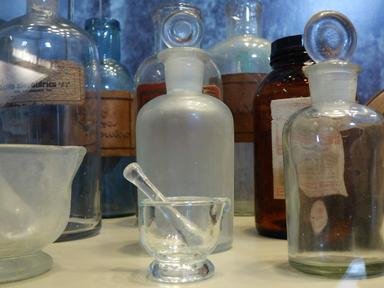Quiz Answer Key and Fun Facts
1. Which of these elements was named after the ancient Greek word for lead as its ores were confused with that of lead?
2. Known as the 'king of poisons', which element was often used for murder before the Marsh test was developed for its detection?
3. This element has a unique property where it can melt when held in the hand and then refreeze once let go of. Which of these elements is it?
4. Is neon the first noble gas to be found on the periodic table?
5. The Swedish village of Ytterby has given its name to four different elements. Which of these is *not* one of them?
6. Which element was called brimstone in the Bible?
7. Three of these elements are named after places. Which one is named after a colour?
8. Named after a major planet, which element is used extensively in the production of nuclear power?
9. Which of these is a synthetic element named after the creator of the periodic table?
10. The first letters of the answers of the first nine questions spell out the name of this element which is found at the center of every chloroplast cell.
Source: Author
zorba_scank
This quiz was reviewed by FunTrivia editor
rossian before going online.
Any errors found in FunTrivia content are routinely corrected through our feedback system.

